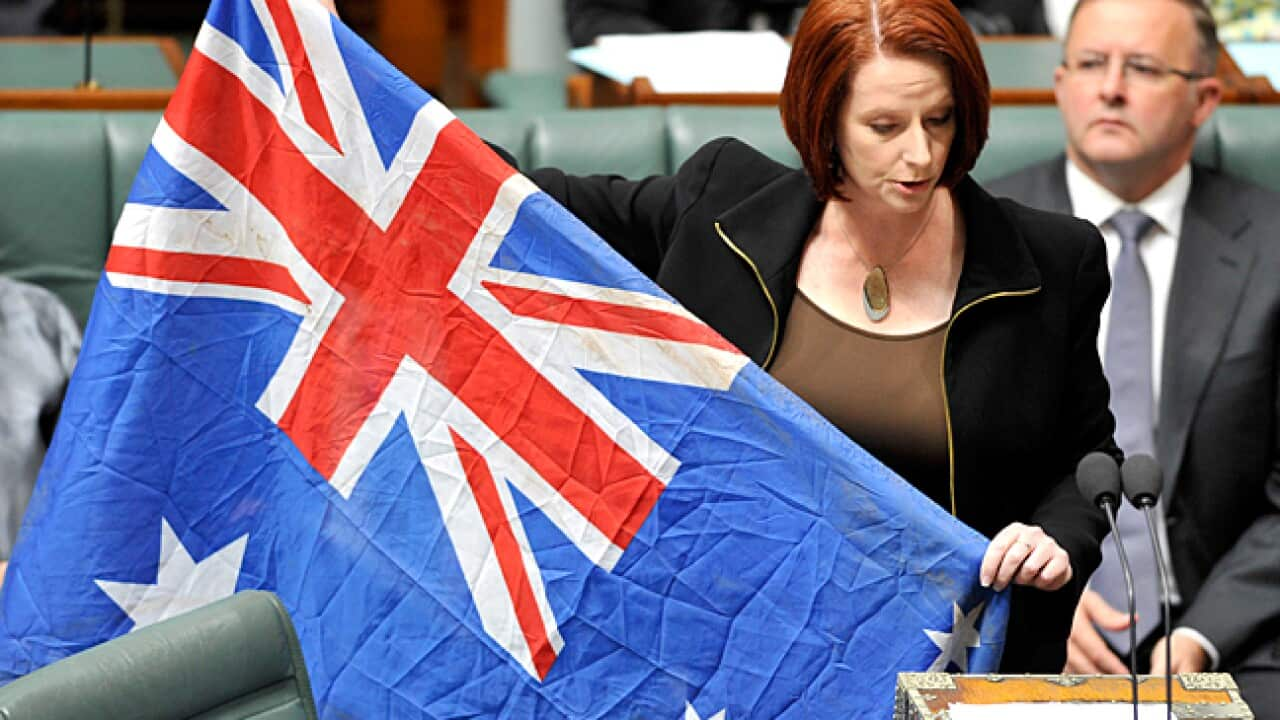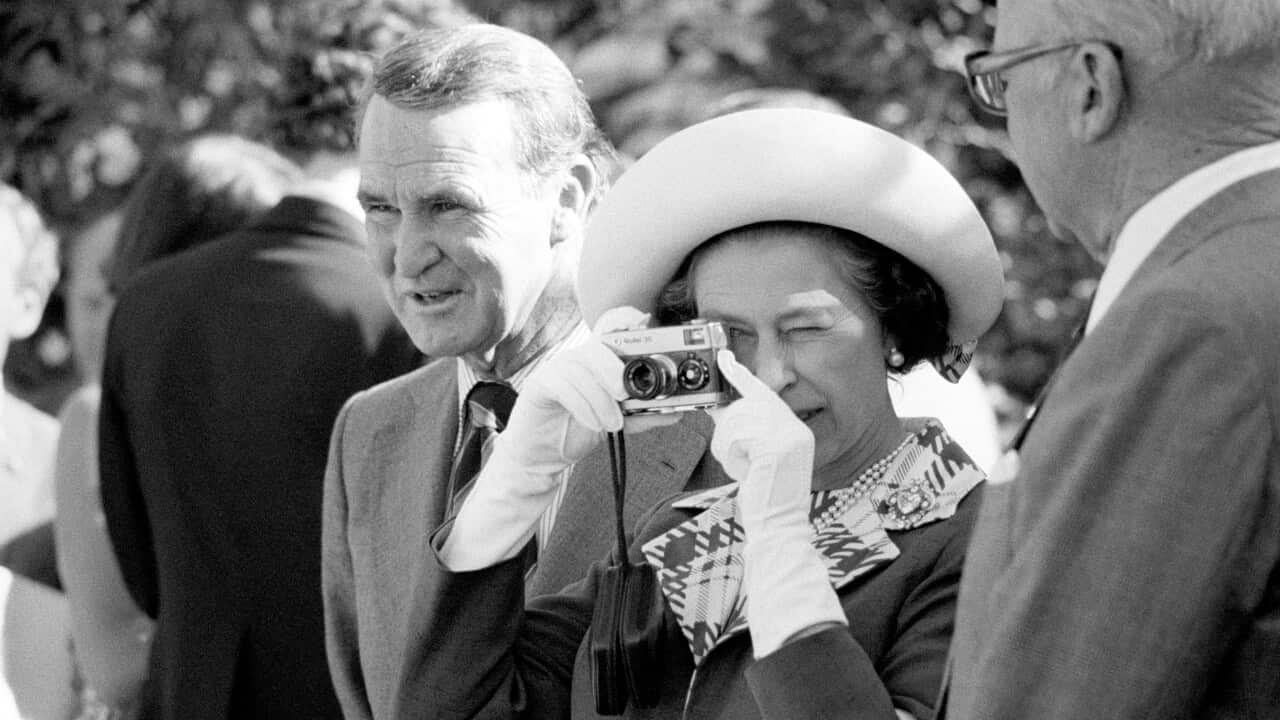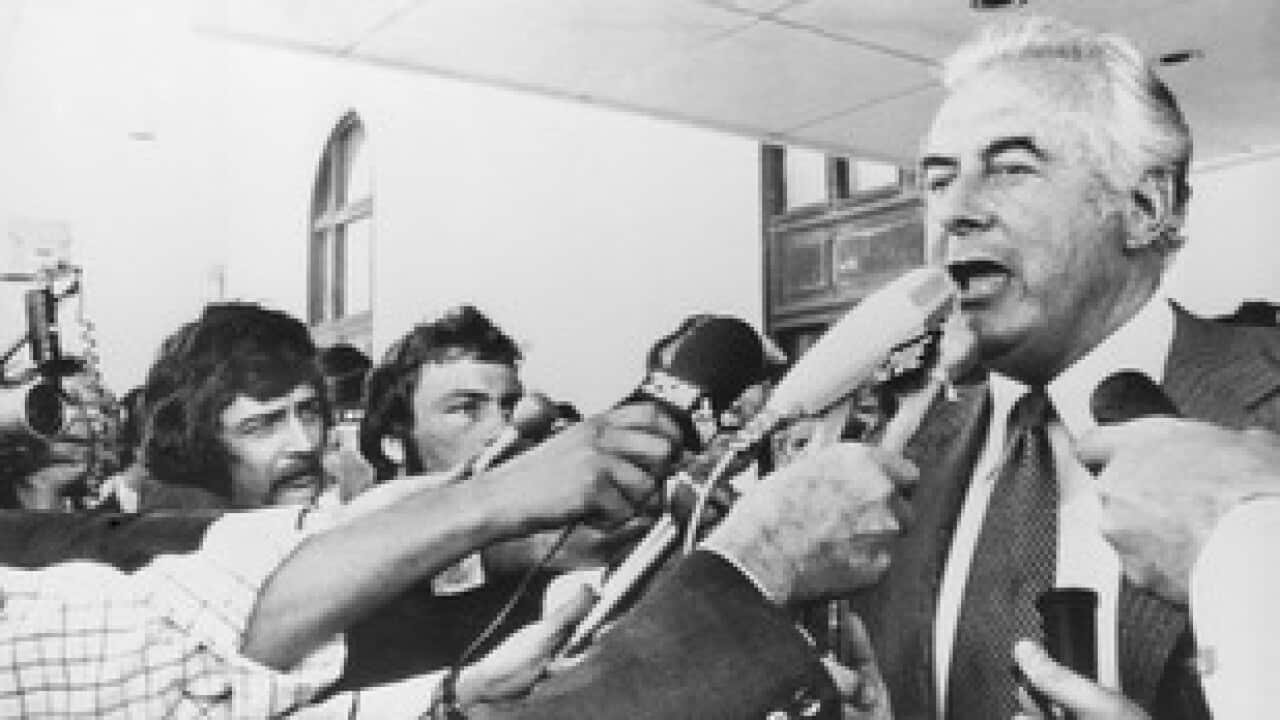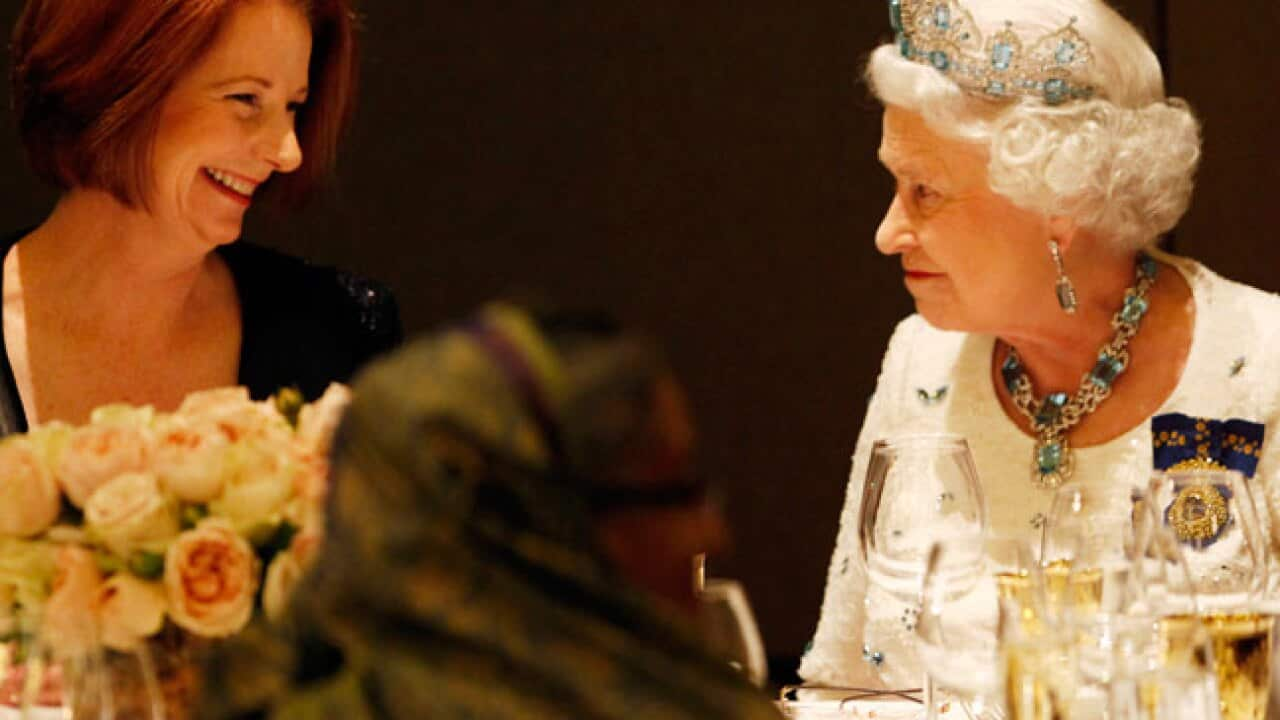Key Points
- Queen Elizabeth II is Britain's longest-serving monarch, and is celebrating her platinum jubilee.
- She first visited Australia in 1954 and has returned 15 more times.
This year, becomes the first British monarch to celebrate a Platinum Jubilee, marking 70 years of service.
She acceded to the throne on 6 February 1952 when she was 25 years old.
Dr Cindy Cindy McCreery, senior lecturer in history at the University of Sydney, described the milestone as an "incredible achievement".
"I think this Jubilee is not just about celebrating her longevity or time on the throne, but also celebrating the consistency with which she has reigned," Dr McCreery said.
"She has been an incredibly important unifying force not just in the UK or the Commonwealth, but I would argue globally during that time, which has seen some really ."
Throughout her time as Queen, the world has undergone incredible technological developments, civil rights movements, scientific discoveries, wars, social change, and much more.
Here, we take a look back at some of the significant moments for Australia during her reign.
The coronation
Queen Elizabeth was crowned in 1952, following the death of her father King George VI.
Tradition demanded a procession of all the Queen’s troops be present, so an Australian contingent of 250 official representatives from the armed forces was sent to England for the occasion.
These official delegates, along with their New Zealand counterparts formed the
The Coronation Contingent made a few stops on the way, including at Tobruk, where they held a memorial service at the cemetery.

The Coronation Contingent of Australian soldiers held a memorial service in Tobruk on their way to the coronation of Queen Elizabeth. Source: Supplied / Australian War Memorial P01895.001
Before the coronation, the Australians took part in the change of the guard at the Buckingham Palace.
A day after the coronation, the Queen, accompanied by her husband, the Duke of Edinburgh, inspected the contingent and awarded them with the coronation medal.
The first royal tour
Queen Elizabeth was the first, and to date, the only reigning British monarch to visit Australia. When the 27-year-old sailed into Sydney Harbour on 3 February 1954, she
At the time, the royal tour was the single biggest event ever planned in Australia.
"Nothing surpasses the enthusiasm with which Australians greeted the Queen and Prince Phillip on their first visit," said Dr Cindy McCreery.

The Queen and Prince Phillip's tour of Australia in 1954 was the largest event of its time. Source: Supplied / State Library of NSW
"Nothing like that has happened since."
During their eight-week Royal Tour of Australia, the Queen and Prince Phillip visited 57 towns and cities in 58 days, travelling by plane, train, ship and car from Cairns in the north, Broken Hill in the west to Hobart in the south.

Queen Elizabeth and the Duke of Edinburgh visited Australia in 1954. Source: Supplied / Images courtesy: State Library of NSW
The Dismissal
The 'Palace Letters' or 'Dismissal' scandal was a major controversial moment in Australia's relationship with the Palace.
The Dismissal refers to the 1975 constitutional crisis, which culminated in Australia's dismissing then-prime minister Gough Whitlam and commissioning Malcolm Fraser as caretaker prime minister.
The dismissal came after a series of letters between Mr Kerr and the Queen, sent through her private secretary Sir Martin Charteris.
The letters were initially deemed personal and confidential but were released in 2021 after a legal battle led by emeritus professor Jenny Hocking.
"It was a very troubling time in terms of our relationship with the Palace and the royal family, and it’s one we ought not to shy away from exploring and acknowledging and making decisions for our future based on that knowledge,” Professor Hocking told SBS.
"The discussions with Kerr ... about the possible dismissal of government are … discussions that should never have been had and it’s clear they influenced Kerr greatly."
"The Palace was a player in Kerr’s decision to dismiss the government ... they ought to have advised him immediately to speak to the prime minister and be open and they did not; the fact that knowledge was withheld from us for the best part of 50 years is shocking."
1999 Australia republic referendum
On 12 August 1999, the Commonwealth Attorney-General Daryl Williams and the Special Minister of State Chris Ellison announced a proposal for two constitutional changes.
The first would establish Australia as a republic and replace the governor-general and Queen with a president, while the second would insert a preamble into the Constitution.
Polling day was held on 6 November 1999 and 55 per cent of Australians voted not to reform the government.
Following the election of Anthony Albanese's government in the 2022 federal polls, questions have been raised over particularly following the appointment of Matt Thistlethwaite as assistant minister for the republic.
Mr Thistlethwaite told SBS he wants to begin the process of consultation with the public to appoint "one of our own" as head of state.
READ MORE

Should Australia become a republic?
"I think the Queen is coming to the twilight of her reign, and many Australians are starting to think well what comes next for Australia?", he said.
"And that provides us an opportunity to have a serious discussion with the Australian people about our culture, our unique identity, our independence as a nation."
Mr Thistlethwaite said the government's priority in their first term is establishing the Voice to Parliament and Indigenous recognition, with a republic referendum being on the agenda for "subsequent terms".
"I see my role as educating the Australian people the fact about the fact that we do have a foreign monarch as our head of state, that we could have an Australian in the role, and then to that," he said.
"The early days of my work in this role, will be about education and hearing what the Australian people have to say about the issue before we move to discuss models and hopefully a successful referendum."
Subsequent visits to Australia
Following her first visit in 1954, Queen Elizabeth has visited Australia 15 more times, with trips in 1963, 1970, 1973, 1974, 1977, 1980, 1981, 1982, 1986, 1988, 1992, 2000, 2002, 2006 and 2011.
Prince Phillip visited more than 20 times, through a combination of his work in the armed services, as royal consort, and as patron of the Duke of Edinburgh Award.

The Queen takes a picture during a visit to the Lindsay Park horse stud in South Australia in 1977. Credit: PA/PA
She also has a special Australian Standard (or flag), which she uses when travelling in Australia, which features one section for each of the six Australian states.

Queen Elizabeth (left) with then-Prime Minister Julia Gillard at Parliament House in Canberra in 2011. Credit: Pool/Getty Images
Instead, Dr McReery believes The Prince of Wales and Duke of Cambridge are likely to visit in the near future to "strengthen the brand".
“I think what we’ll see is a continue of what’s been happening for the last year, stepping back from many in-person visits, delegating a lot of responsibilities to Charles and Prince William, and instead choosing to attend events in person that are really important to her," Dr McReery said.
“I don’t think she’ll formally step aside unless there’s a major health setback and I think she’ll let nature take its course."
During her last visit in 2011, the Queen and Prince Phillip visited Canberra, Brisbane, Melbourne and Perth where they attended a variety of ceremonies, meetings and attractions.
"Ever since I first came here in 1954, I have watched Australia grow and develop at an extraordinary rate," the Queen said in a speech at Parliament House.
"Australia has flourished and achieved excellence on the world stage."

Queen Elizabeth is Britain's longest-serving monarch. Credit: WPA Pool/Getty Images






